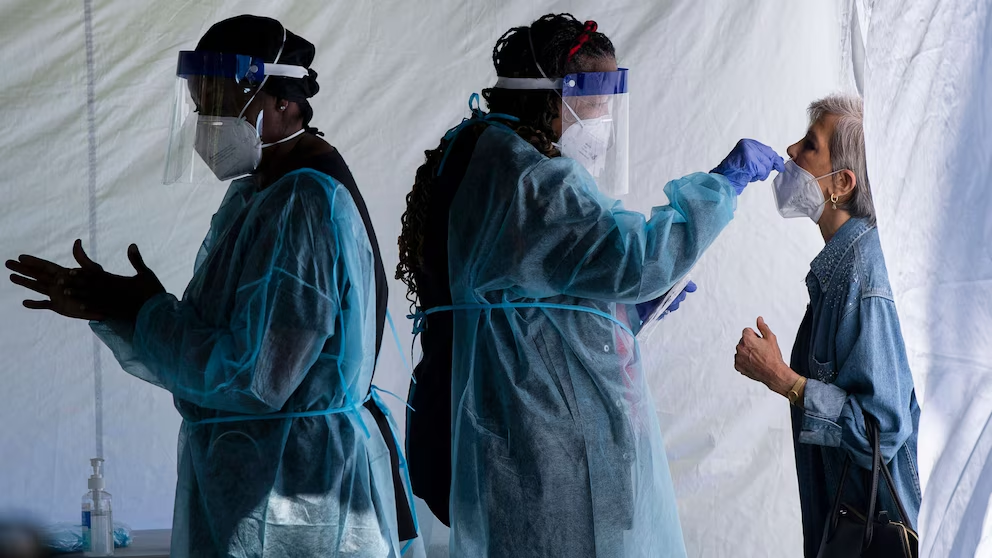In Australia, a new variant of the coronavirus known as LB.1 has emerged. According to the Health Department, there have been confirmed cases of this illness.
However, most of the new infections were associated with the JN.1 and KP.3 variants.

Although LB.1 is similar to the original JN.1, it has changed the way it infects human cells.
According to experts, this new variant is referred to as D-FLIRT because of the changes in its spike proteins. Although it is more transmissible than the KP.2, it doesn’t seem to be as severe as the other variants.
Although the new LB.1 variant can cause severe illness, the majority of cases in the US are associated with the KP.2 and KP.3.
According to the CDC, the two variants made up about 37 percent and 24 percent of new cases, respectively, during the week ending July 6.
The new LB.1 variant made up about 15 percent of all infections. The other variants, on the other hand, contributed to the rest.
The acronym D-FLiRT refers to the mutations of the different forms of the virus.
According to Paul Griffin, a clinical microbiologist and infectious disease physician at the University Of Queensland, the DFLIRT is caused by the deletion of a certain spike protein.
This change can allow the new virus to spread more easily since the immune system’s recognition of the protein is less. He said this could mean that people’s protection from previous infections might be reduced. Australia has reportedly reached a peak in the COVID-19 cases.
He explained that the drop in the spike protein’s recognition by the immune system could reduce the protection that people have from previous infections.
This could make the new virus more transmissible. He said Australia was approaching a peak in COVID-19 cases during the winter season.
He noted that it’s hard to predict how the new variant might affect future infections. At the same time, he said that the ongoing COVID-19 wave seems to be slowing down.
However, he noted that the virus continues to circulate across the country.
Although COVID-19 is slowing down, he noted that other respiratory infections such as whooping cough and mycoplasma are still circulating.

